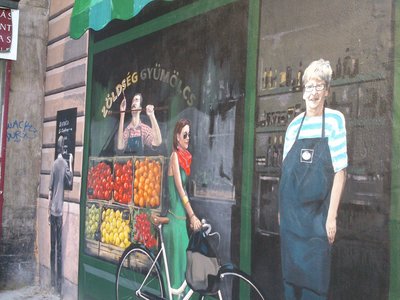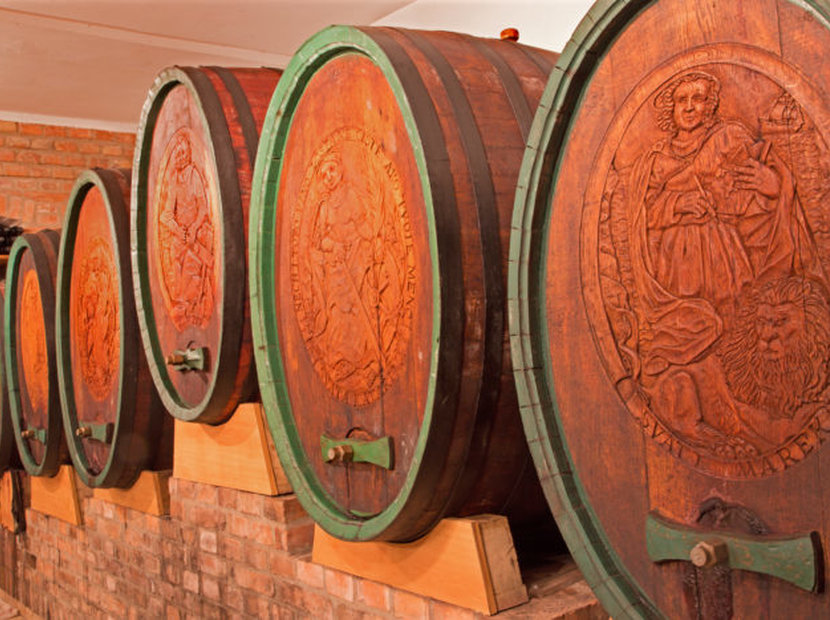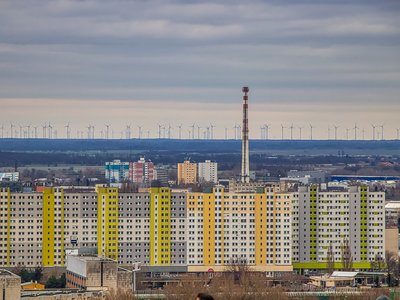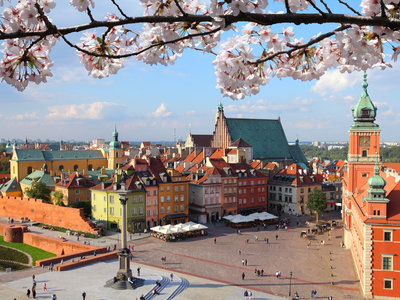There was a time when the stretch of land between Bratislava and Trnava was the most important road in this part of the world. Roman chariots roamed up and down, carrying a precious libation, brewed by Bacchus himself, all the way from Gerulata, to the table of the emperor. Today, this is called the Small Carpathian Wine Route - no longer a royal site, but a sight for sore eyes, nevertheless.
Visitors to the south-west of Slovakia will no doubt note the unique qualities that make the region so universally
appealing. At once medieval, and at the same time clean and modern today, this place was inhabited since Neolithic times. The area grew expansively once the Romans took over. What they brought with them, the winemaking tradition Slovakia is now noted for, is one of Bratislava’s, and the country’s most cherished activities. The Small Carpathian Wine Route is a part of this tradition, and travelers to this region have enjoyed it for generations, albeit their passion is not noted in detail by many travel guides.
Perhaps the limited access to some of the villages here explains why not many tourists dare to pursue a tour of the Small Carpathian Wine Route. If you don’t have your own car, Modra, with its celebrated Manor House, which holds a handicraft market for Christmas, and some other interesting wine-related activities around the season, is out of reach. But specialized touring companies have no trouble taking you there, and if you are an experienced hiker, there are many resources, including detailed maps, to help you find your way around.
An experiential tour that combines wine, countryside, history, and the exceptional gastronomy of the region between Bratislava and Trnava, the Small Carpathian Wine Route proposes a rich bounty. What was once part of the Great Moravian Empire, is today a treat of another kind. Strung along this wine route, the towns of Pezinok, Modra, and Jur, all take part with their unique wine production techniques and idiosyncrasies. But no matter which town you find yourself in, you’ll discover not only fine quality wine but people who speak of centuries-old excellence and goodness.
The Small Carpathian Wine Route is not well known outside Slovakia: only about 0.3% of all European wine comes from here. Nevertheless, some wines are exported and enjoyed abroad, in particular, the sweet varieties blended with beet sugar: Nitrianske knieža (Knight of Nitra), Kláštorné červené (Red from Monastery) and some other refined creations. These and the more traditional libations are served all over the region, even in the fine restaurants surrounding our magnificent Mamaison Residence Sulekova.
Beginning in November, on Deň otvorených pivníc, the cellars of the region open all around the Small Carpathian mountainous region, with top varietals; Veltlinske Zelene, Rizling Vlassky, Frankovka Modra, Rizling Rynsky and Modry Portugal, to name a few of the more famous. About 80 wineries participate in the event, and many other small cellars along the route open their doors to show their fine winemaking traditions. But, for first-time partakers, the Malokarpatské múzeum Pezinok (Small Carpathian Museum Pezinok), 20 km northeast of Bratislava, is the best to take in the history of viticulture and winery under the Small Carpathians. The museum offers a tour of the cellar, a permanent collection of wine-press machines from Central Europe - the largest of its kind, as well as tastings of local wines. If you are in the region, don’t miss the cellars of the Pezinok Castle, a former moated fortress turned chateau, which are now home to the National Wine Salon (Národný salón vín Slovenskej Republiky).
In Častá, on the same route, this time 37 km NE of Mamaison Residence Sulekova Bratislava, you will find Hrad Červený Kameň, a 13th-century castle which houses wine tastings and an art exhibition at the wine-cellars day in May, when the season opens. Widely considered the most beautiful castle in the Little Carpathians, Hrad Červený Kameň was built at the request of Queen Konstancia Uhorska, on her own land, before 1240. The original construction was modernized by Rudolf Palfi and his wife Maria Eleonora Kaunitz - Rietberg in the 18th century. The castle is now a museum, opened to the public year round, and offering a diversity of public and private tours, as well as spaces for weddings and other events. The 1729 historical items collection of the castle is one of the main attractions here, but the library beats every record held by this landmark, with its 14 312 books. After you visit the museum, stop by its wine tavern, or the restaurant, to taste the fine wines of the Small Carpathian Wine Route.
Tasting these wines, echoes of the time when this land thrived as a winemaking region, you will discover an utterly unique European treasure, a tasteful retreat into the very heart of the continent. Just follow the little white signs that read; Malokarpatská vínna cesta - Small Carpathian Wine Route.
Mihaela Lica-Butler is travel writer and travel public relations consultant by profession, lover of cultures and cuisine. She has built a fun career while chiming in on many topics, from relating the trials and tribulations of the people of Kosovo, to experiencing, first hand, the heroics of the Romanian soldiers serving for the UN. But she thrives in conveying her love for travel and places in written word, and she is happy to be a constant contributor for some of the world's best travel sites.




